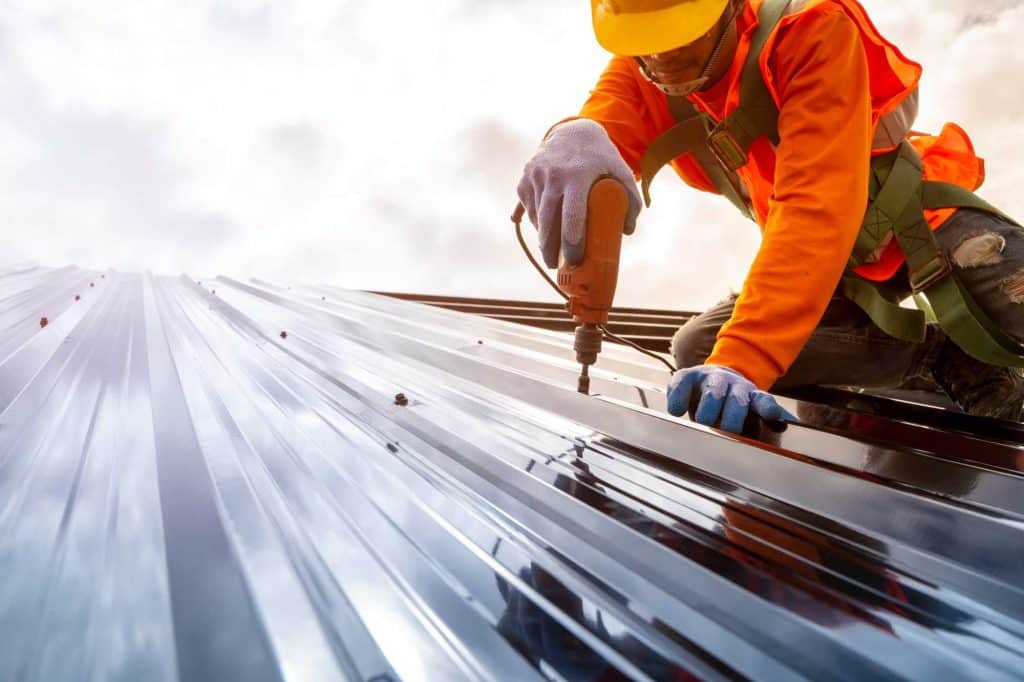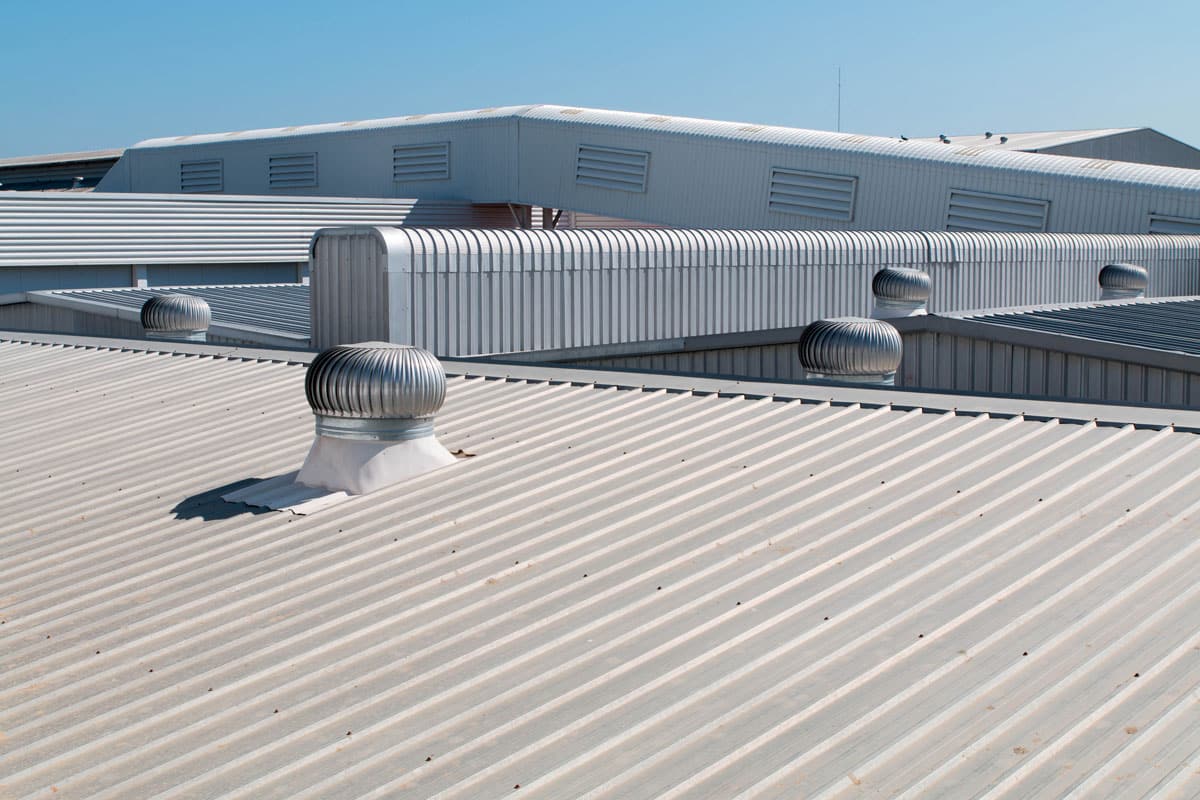Every building, regardless of its purpose, should have a roof. They’re not on top of the building for aesthetics, but their primary purpose is protection and safety. Rooftop is a first line of defense against elements and external factors, but also a structure that ensures the energy efficiency and stability of every building. More on its function read here.
In addition to residential roofs, there are also industrial and commercial ones. Although people often confuse these two terms because both are intended for business entities. But despite the similarities, there are still differences between these two roofing types and Bold North Roofing.
Industrial Roofing vs. Commercial Roofing: Differences
The primary difference between these two roof types is the premise where they’ll be installed, as industrial and commercial buildings aren’t (always) the same thing. Although all business entities can be classified as commercial facilities, this term generally refers to workplaces, offices, and commercial areas such as malls, gyms, restaurants, retailers, etc. Industrial facilities are those in which some industrial activity is carried out, such as production, storage, or transport.
The next difference is in the size of these roofs. Industrial facilities are generally more spacious than commercial ones (with the possible exception of shopping malls), so they need larger roof surfaces. And larger dimensions mean a more complex roofing installation since industrial tops can’t be made in one piece. They require multiple sheets, thus more work, material, and supplies.
Another thing that makes a difference is the roofing materials. The commercial roof design-build is mostly similar to residential ones, so you can spot sheet metal, PVC, green tops, and even shingles on these buildings. Industrial premises require more robust, long-lasting, and cost-effective coverings such as bitumen, EPDM (synthetic rubber), and TPO (thermoplastic PVC).
Industrial Roofing vs. Commercial Roofing: Which Is Right For You?

What Business You Do
Your business type is the starting point for choosing a suitable roof for your building. It will affect the material choice but also the roofing features. For example, if you run a storage facility where you keep delicate or perishable goods, you need a rooftop that can provide optimal room conditions. EPDM is fine, as it’s cost-effective and not temperature sensitive.
On the other hand, if you own a restaurant or retail store, your roof should be energy efficient, eco-friendly, and strong enough to host bulky vents, exhaust systems, and skylights. In this case, energy-efficient roofing sensitive to temperature changes (for example, steel) is a good choice.
In the case of a production facility where various gases and chemicals are emitted during operation, a roof should be resistant to damage from these elements. A good choice is PVC, which may not be energy-efficient but can stand high impact and chemical damage.
If you run a recycling plant or any other eco-conscious business, your building should represent what you do and the values you promote. Thus your roof should be made of recycled materials, such as metal, EPDM, or rubber. Also, it should be able to host PV panels and extra insulation, which boosts the building’s energy efficiency.
Flat or Pitched Roof?
The best choice for industrial and commercial buildings is flat roofs. Of course, they’re not completely flat but have a very mild pitch, most often between 2/12 and 4/12. This measure shows how many inches roofs rise for each foot of length. The closer these two numbers are, the greater the slope.
The roofing of most industrial and commercial buildings appears flat when you look at them. But even those with 2/12 pitch have a slight recline, necessary for better water and snow drainage. Such a low slope means that the surface is more accessible, so you can walk on it, which makes its maintenance and repair easier.
Smaller pitch on commercial roofs also enables adding different fixtures such as ventilation, blowers, various openings, reflectors, PV panels, etc. Flat tops can also be used for marketing purposes, as you can install multiple billboards and large neon signs.
Pitched roofs aren’t too common on commercial buildings, especially since most of the materials used on flat tops can’t be used on these. The best options for pitched roofs are shingles, clay, and metal, but only for smaller areas. So they can be a good choice for smaller buildings like catering facilities, restaurants, or fast-foods. Since they’re visible from the ground, they should be aesthetically appealing and well-maintained.
Foot Traffic
Some commercial and industrial rooftops experience regular foot traffic. It usually happens due to regular maintenance or repairs to equipment, so this surface should withstand the weight and impact of people walking on them. These can be roofers (check https://www.ktmroofingboston.com/commercial-roofing if you need their help) or your personnel.
Choosing a roofing type that can handle foot traffic prevents damage and ensures the safety of anyone walking up. Also, it is important to install a building cover resistant to wear and tear, which will be more intense due to the impact of foot traffic. Manufacturers of these materials usually provide an extended warranty, so check its requirements if your personnel walk on the roof regularly.
That is why puncture-resistant materials, such as metal and corrugated steel, are a good option. But these require great caution when walking on them because they can be slippery, especially when wet. On the other hand, singly-ply materials like EDPM aren’t a good choice because they bend easily, creating cracks and dents for water to accumulate and making damage to the roof.
Roofs play a vital role in the overall functionality of commercial and industrial premises. They protect the interior against the elements and ensure the safety and comfort of people and assets inside the building. Due to its importance, roof choice should be a well-thought decision as it contributes to the building’s energy efficiency, cost savings, and long-term sustainability.








